A series of suicides in New York has drawn attention to the economic desperation of drivers competing with ride-hailing apps.
Helen Ochisor drove the yellow taxi in the morning. Her husband Nicanor took it in the afternoon.
They rarely saw each other during the week. She was asleep when he got home after a long night of driving. They exchanged a quick hello while handing off the taxi.
Immigrants from Romania, the couple had bought their New York City taxi medallion nearly three decades ago. Lately, it had been difficult to find fares. Her husband worked 12-hour shifts, but brought home less money. He was worried about the plunging value of their once-lucrative medallion and frustrated about Uber’s takeover of the industry.
On a cold day in March, Mr. Ochisor hanged himself in his garage in Queens. His family blames the growing hopelessness he felt over his fortunes as a taxi driver.
“It depressed him, it irritated him, it probably angered him — maybe all three,” his son Gabriel Ochisor said in an interview at the family’s home. “It was definitely a factor. Otherwise, we can’t piece together any other factor.”
“We have a 7-month-old over there,” he said pointing to his infant son — his father’s first grandchild, who lived upstairs. “Why would you want to leave?”
Nicanor Ochisor, 64, was one of four professional drivers to take their lives in the last five months. Another driver, Doug Schifter, killed himself with a shotgun in front of City Hall in February after sharing a Facebook post about the financial turmoil he was facing.

Suicide is a deeply intimate decision, and there is no way to know for certain what confluence of factors might lead someone to make such a choice. But the recent series of deaths has drawn attention to the economic desperation that many taxi and livery drivers are grappling with, and has renewed calls to rein in Uber and other ride-hailing services.
After Mayor Bill de Blasio suffered a bruising political defeat when he tried — unsuccessfully — to cap Uber in 2015, there has been a growing sense that something has to be done. In a first step, the City Council held a hearing on Monday for several bills that could change the rules for car service apps.
Mr. de Blasio has said he may try again to limit the number of for-hire vehicles.
“I think the caps are the kind of thing we need to talk about again,” Mr. de Blasio said in a recent radio interview, “because the situation has gotten worse since then, both in terms of the pressure that’s been put on the medallion owners, everyday taxi drivers, but also because of congestion.”
Uber has transformed how Americans get around and has upended the transportation network in community after community. In New York City — Uber’s largest United States market — the app has siphoned commuters from the sputtering subway and bus system, but more significantly it has all but vanquished the iconic yellow cab, plunging it into an existential crisis.
Taxi medallions that once sold for more than $1 million now go for as low as $175,000. More than 60,000 black cars are tied to Uber, dwarfing yellow taxis, which are capped by city law at about 13,587. Last year, Uber trips eclipsed yellow taxi rides for the first time.
Uber is the biggest player, with about 410,000 trips per day in February, but Lyft and Via, two other ride-hailing apps, have made inroads. (Lyft provided about 112,000 trips per day in February, and Via about 33,000, according to the city’s taxi commission.) The influx of vehicles has contributed to gridlock on the streets of Manhattan, where traffic has slowed to a crawl and city buses travel at just 5.7 miles per hour on average.

In 2015, Uber launched an aggressive campaign against the city’s proposed cap, with television advertisements criticizing Mr. de Blasio, and an app feature, known as “de Blasio view,” that showed long wait times for a ride if the cap were approved. But this time Uber might be a less formidable foe. The company has struggled with a series of scandals over its workplace culture and aggressive tactics, leading to the resignation of its chief executive and founder last year.
Other cities have tried to corral Uber, including London — its largest European market — where Uber lost its license to operate last year. After Austin imposed strict regulations, Uber left the city, though the app returned last year when Texas passed new rules.
Austin Finan, a spokesman for Mr. de Blasio, said new regulations on for-hire vehicles were back in the conversation.
“The mayor has been clear about the need to re-evaluate our options in the face of explosive growth we’re seeing in the industry,” Mr. Finan said in a statement.
Councilman Stephen Levin, a Democrat who represents Brooklyn and has sponsored a bill to restrict the number of for-hire vehicles, believes a cap would have a better chance this time.
“New Yorkers see the congestion issue much more apparently — it’s clear now,” Mr. Levin said. “I also think empirically we’re seeing it’s much harder to make a living driving a cab.”
But Alix Anfang, a spokeswoman for Uber, defended Uber’s growth in New York, arguing that drivers keep up with a demand in the boroughs outside Manhattan for a reliable transportation option.
“Capping the number of Ubers would only hurt the millions of outer borough riders who have long been ignored by yellow taxis and who don’t have access to reliable public transit,” Ms. Anfang said.

Less than two weeks after his father’s death, Gabriel Ochisor stood outside City Hall at a protest calling on Mr. de Blasio to strengthen regulations. Four coffins were covered in white flowers, one for each driver.
His father had attended a taxi protest at City Hall shortly before his death. It was unusual for him. He was quiet. He usually didn’t go to protests.
“He was mad at the politicians,” said Gabriel, the couple’s only child. “He was mad at Silicon Valley and all these big shots that have billions of dollars. You’re trampling over the little guys that invested in something and wanted to have some exclusivity, as they were told when they bought the medallion.”
On a recent afternoon, the family prepared to host a special meal to mark 40 days since his death. They created a fund-raising website to help pay off the balance on the taxi medallion, which Mr. Ochisor had borrowed money against, so that his wife can retire.
Helen and Nicanor met at an electronics factory in Romania. They married and moved to New York, purchasing the medallion for $180,000 in 1989. As its value rose, hitting a record of $1.05 million in 2013, they hoped it would fund their retirement.
But the price of a medallion has dropped dramatically with the rise of ride-hailing apps. The city has not held an auction since 2014 because of fears that the medallions would not sell for a good price, and owners who sell medallions privately have not commanded large sums.

When Helen Ochisor drives the taxi in Manhattan during the morning, business is virtually nonexistent.
“After 10 o’clock, I cannot pick up nobody,” Ms. Ochisor said. “For one hour or two hours, I was going downtown, uptown, and nothing.”
Mr. Ochisor had also worried about having to buy a new wheelchair-accessible vehicle — part of a city mandate — that would be cumbersome for the older couple. He did still enjoy parts of the job: talking to customers and playing backgammon with other drivers in a parking lot at Kennedy International Airport, where he waited before picking up passengers.
The family has not found a suicide note.
“We checked up and down, left and right,” Gabriel said. “Computers, phones.”
“I didn’t find anything yet,” Ms. Ochisor said.
Gabriel Ochisor wants the problems that troubled his father to be addressed. He has sent letters to Mr. de Blasio and to a list of other elected officials, pleading for them to level the playing field between taxi and Uber drivers. He met recently with Meera Joshi, the city’s taxi commissioner, but has not heard from the mayor’s office.
In a statement, Ms. Joshi said she admired “his resolve to make his father’s situation, concerns and beliefs heard.”
Bhairavi Desai, the executive director of the New York Taxi Workers Alliance, a group that represents drivers, said Mr. Ochisor’s death had brought a sense of urgency to their campaign for new regulations. A fee on for-hire vehicle trips in Manhattan, which was recently passed by state lawmakers to raise money for public transit, is another devastating financial setback, she said.
The taxi group is now focused on pressuring the City Council to pass new rules and watching for signs of depression among drivers to prevent further deaths.
“Right now, there is a sense of, ‘We’re not going to let our friend’s death go in vain,’” Ms. Desai said.
Still, it is easy to see how Uber has found a foothold in New York City. The Ochisor family lives in the Maspeth neighborhood of Queens, far from the nearest subway line. A reporter visiting the home asked for advice about the quickest way back to Manhattan.
Gabriel Ochisor had to admit that the best option was Uber.




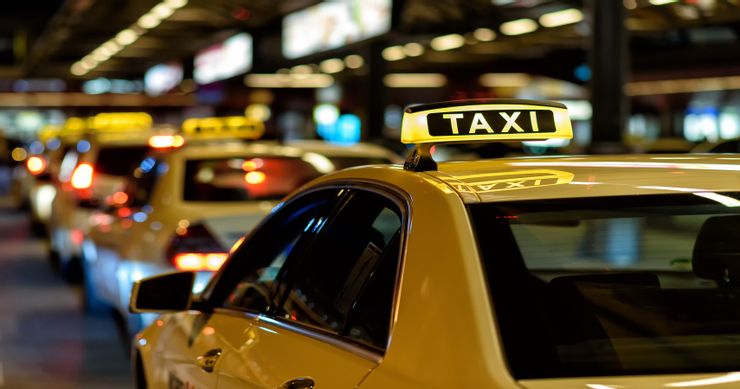
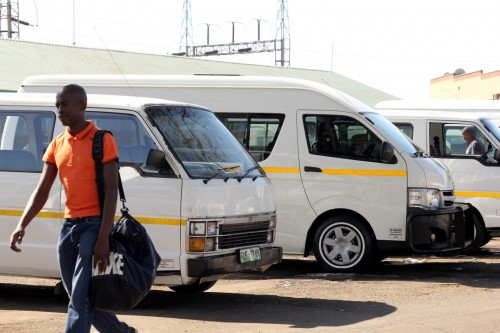
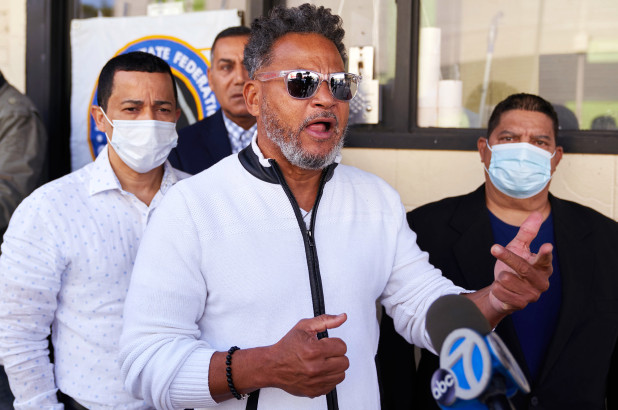
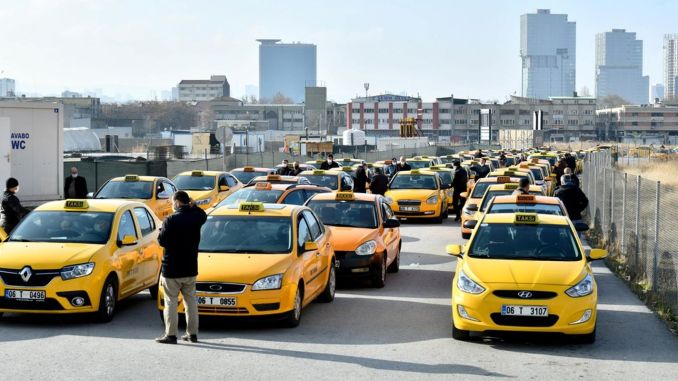

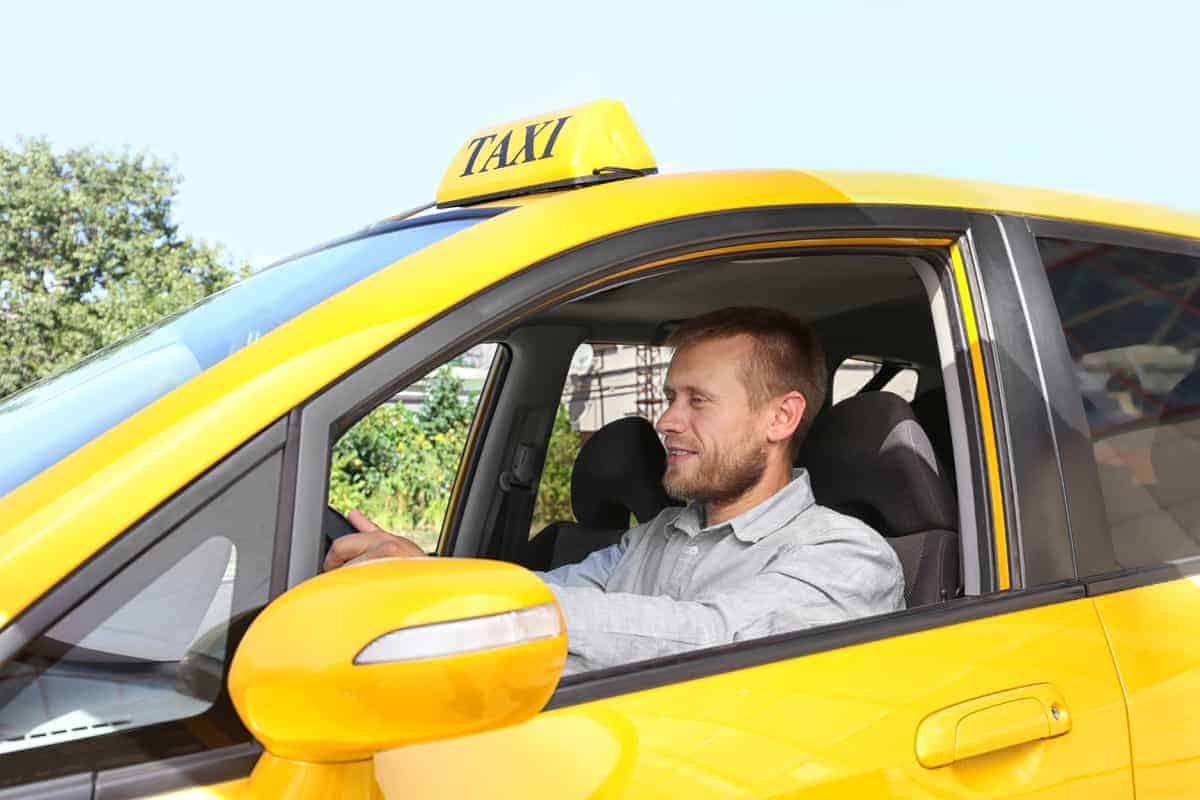
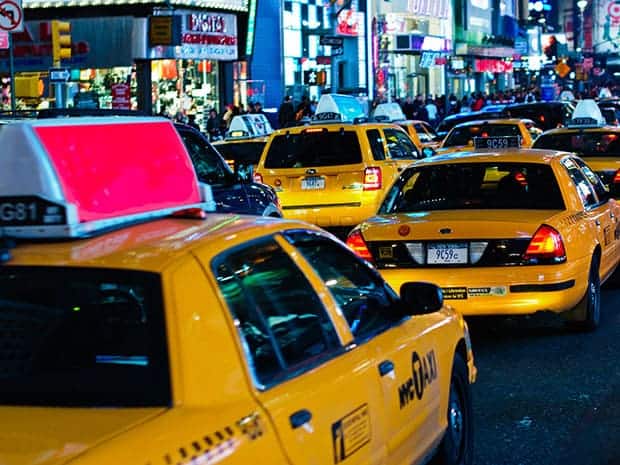

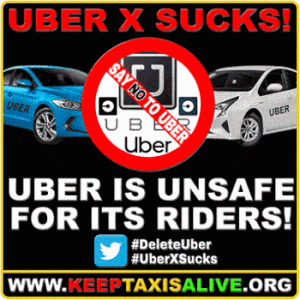
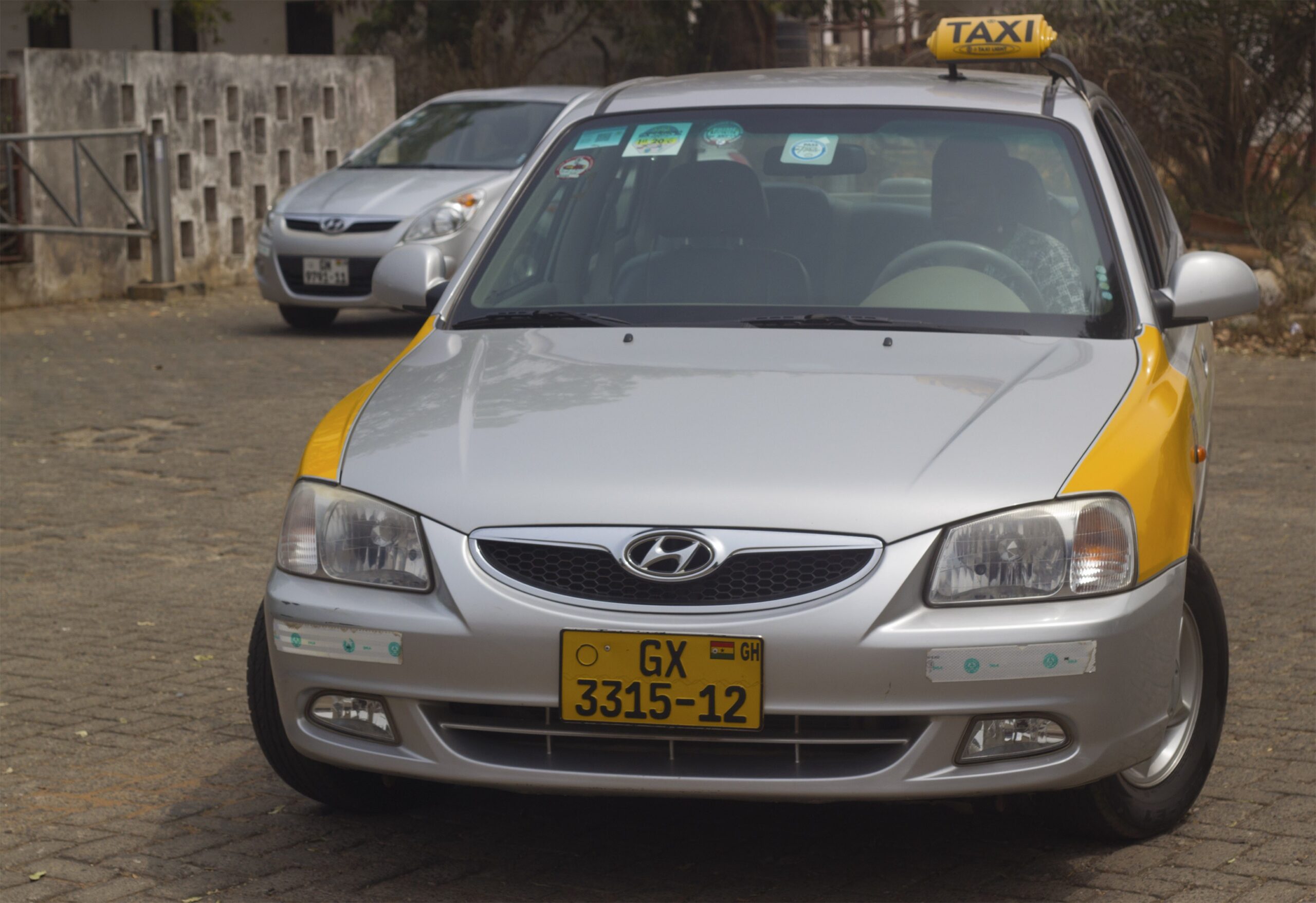
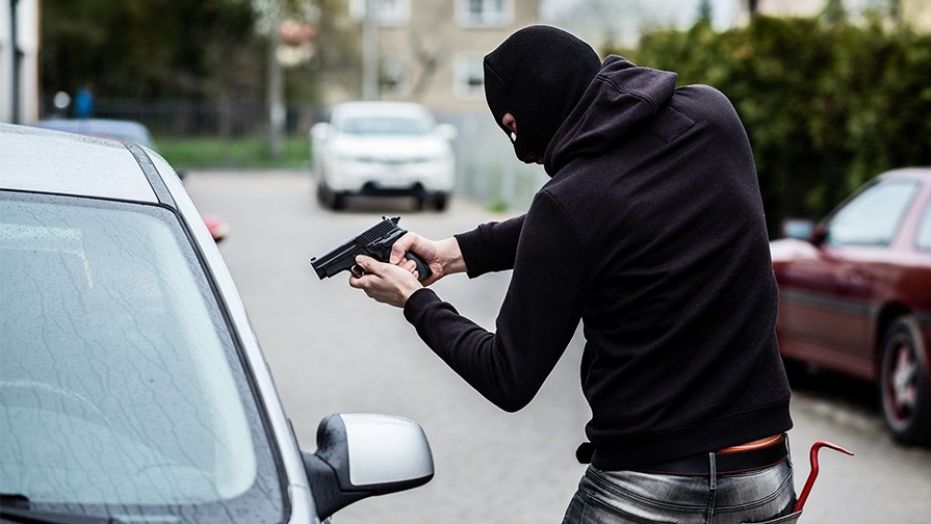
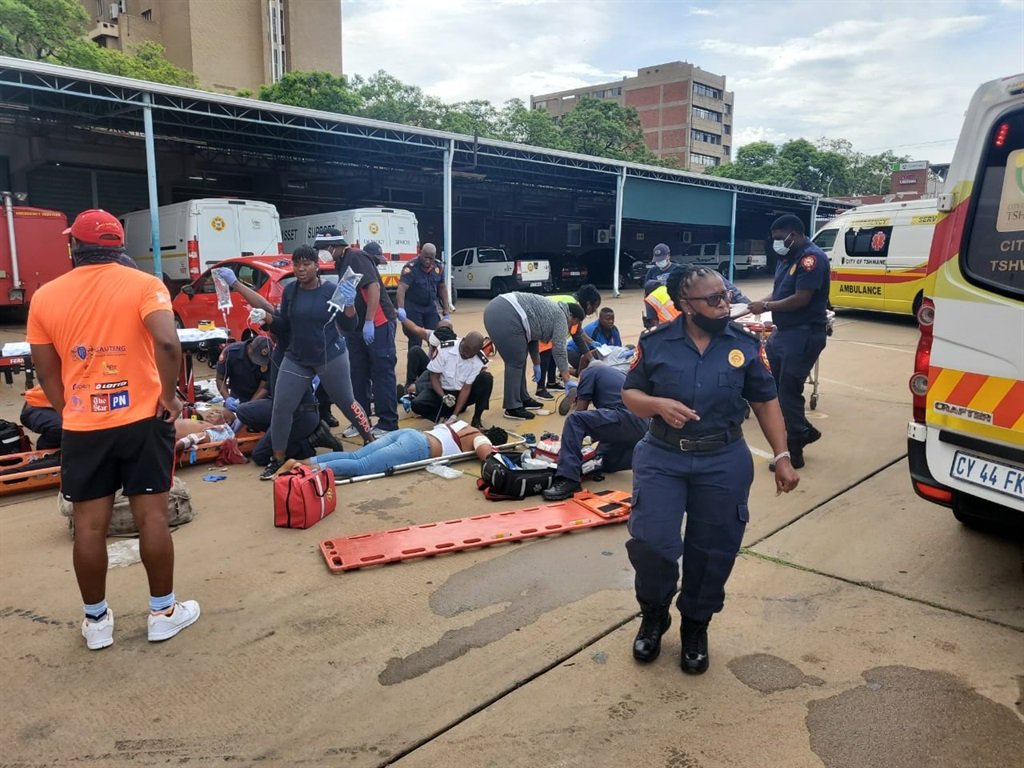
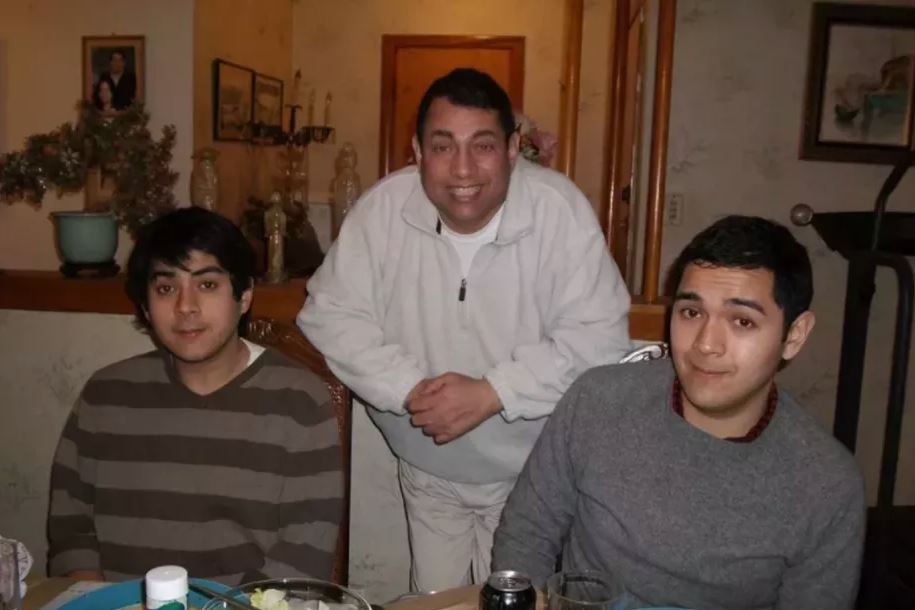
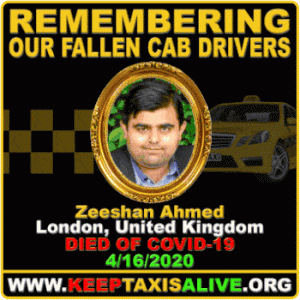

One Response
So sorry for his family.